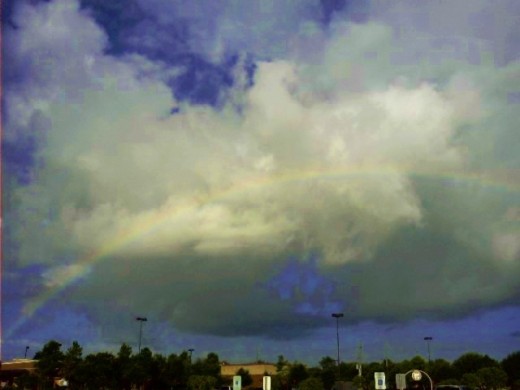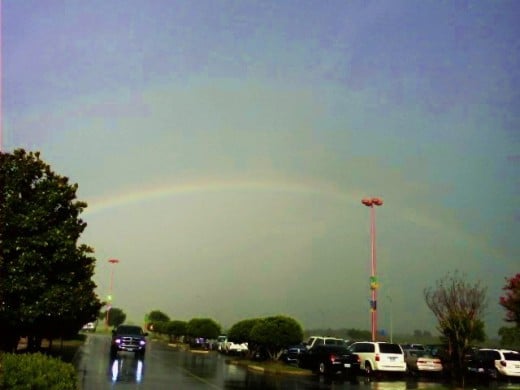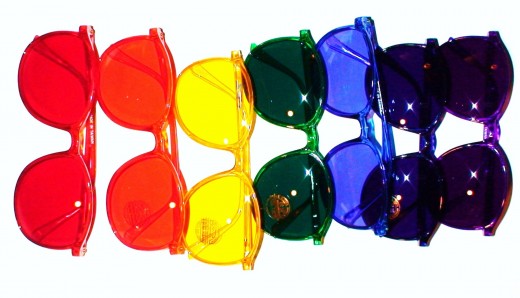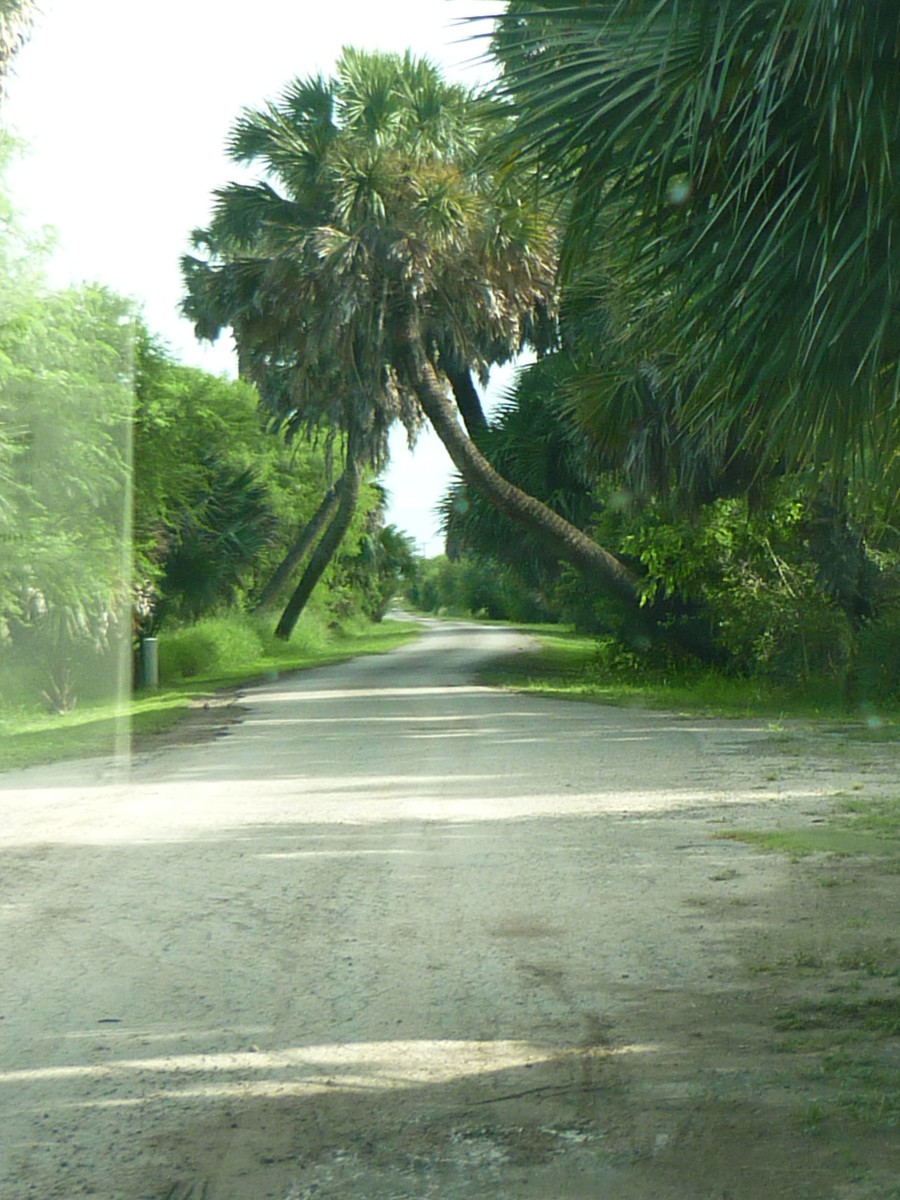The Color Order of the Rainbow



By Joan Whetzel
Rainbows, sometimes described as "nature's most spectacular light show," inspire everything from fairy tales to legends, songs to movies. They mystify and awe us with their rare beauty, for they only appear under the most limited of natural conditions. Think about it. We have all witnessed untold rain storms in our lifetime, not to mention the sunrises and sunsets too numerous to count. But how many times have we had the sun at just the right angle following a rainstorm to allow us to witness the beauty of a rainbow? Rainbow occurances are rare enough to leave us wondering in amazement at how the science of simple optics can create such a marvel.
Refraction and the Rainbow
The basic science behind rainbows is refraction. Just as light entering and exiting a prism, light entering and exiting a raindrop is refracted. What's happening is that light travels at different speeds when moving from one medium to another (air to water, and water to air).
As sunlight enters the water drop, the white light is split into its component colors and bent. As it exits the raindrop on the other side, it is bent again. Because the different colors of light have different wavelengths or frequencies, they travel at different speeds. The red light, which moves the slowest, has a wider arc and it occurs on the outermost band of the rainbow. The indigo light has a much faster wavelength and travels at a faster speed, producing a much tighter arc, which puts it on the inner band of the rainbow.
If you've ever seen the rainbow effect produced by a prism with straight edges, you will have noticed that the rainbow isn't a bow, or arc, at all. Because the prism has straight edges, the separated colors are bent in straight lines. Raindrops, on the other hand are essentially spherical in shape. They are rounded, which is why they produce rainbows with an arc shape. The colors are bent into a curve going into the raindrop, and bent into a curve coming out the other side.
The Color Order
The rainbow's color spectrum appears in colored bands because of our eyes' ability to perceive color. Color photos also "see" the color banding. Black and white photograph, on the other hand, only engenders a single arched band, because it can differentiate between the individual colors. The color order begins on the outermost band with:
- Red the color of heat, danger, stop signs, fire trucks, the red cross, emergency, Christmas, joy and celebration.
- Orange the color of happiness, energy, flamboyance, arrogance, aggression, stimulation, and Halloween.
- Yellow the color of weakness, greed, cowardice, deceit, hazard or yield signs, peace, and sunlight.
- Green the color of Ireland, St. Patrick's Day, Go on a traffic light, fertility, good luck, wealth, life and growth.
- Blue the color of power, police, bridal tradition, peace, water, sky, and Heaven.
- Indigo the color of denim, authority, royalty, blueberries, trust, truthfulness, stability, and the midnight sky.
- Violet (purple) the sign of wealth (Marti Gras), royalty, purple robes of those in authority or with high rank, the Purple Heart decoration for military wounded in battle, encouragement of creativity, uplifting the spirit, and calmness.
Double Rainbows
Primary rainbows always appear in the above color sequence, with bolder saturation toward the center of the arc and fading somewhat toward the far ends. Primary rainbows always have deeper saturation than the secondary rainbow when a double rainbow appears.
The secondary rainbow of a double rainbow appears outside the primary rainbow, so it makes a much larger arc. The colors of the secondary rainbow appear in reverse order from the primary rainbow, because the light has been reflected twice inside the water droplets. It's a triple refraction - once going into the droplet, a second reflection inside the droplet, and third refraction coming out the other side - that makes the secondary rainbow a mirror image of the primary rainbow. Secondary rainbows are always dimmer in color saturation compared to the primary rainbow.
References
Wikipedia. Rainbow.
http://en.wikipedia.org/wiki/Rainbow
Harris, Tom. How Stuff Works. How Rainbows Work.
http://science.howstuffworks.com/nature/climate-weather/storms/rainbow.htm
NOAA. National Weather Service. How Do Rainbows Form?
http://www.wrh.noaa.gov/fgz/science/rainbow.php?wfo=fgz
NOAA. National Weather Service. Rainbow.
http://www.wrh.noaa.gov/otx/outreach/ttalk/rainbow.php
Living Arts Originals. Introduction to Colors Symbolism.
http://www.livingartsoriginals.com/infocolorsymbolism.htm
Incredible Art Department. Color Symbolism and Culture.




